#61 in Vietnam
Popular Giò Variations
Giò: Ingredients and Preparation
Main Ingredients
Main Cooking Method
Preparation Process
Giò: A Deep Dive
Cultural Significance
Taste
Texture
Aroma
Color
Serving Style
Serving Temperature
Accompaniment
Occasions
Seasons
Special Diets
Calories
Popularity
Popular Similar Dishes
- Chinese Sausage
- Mortadella
- Kielbasa
Popular Dining Area
Giò is a term for Vietnamese cold cut typically made from finely minced meat (normally pork, beef, chicken, etc.) mixed with other ingredients (like seasonings, fish sauce, etc.), then tightly wrapped in banana leaves and steamed or boiled.
Giò is a popular food across Vietnam, from the North to the South, and based on region, giò variations are also abundant.
Plus, it is also a traditional food during the Tết holiday (Vietnamese Lunar New Year) and other festive feasts.
You’ll be surprised how diverse giò varieties are and how to serve it with other Vietnamese dishes.
What’s more? There are also upsides and downsides that you need to know before eating it. And don’t skip the FAQs part and similar foods of giò for a comprehensive understanding of this delicious food of Vietnam.
Key Points
What Are Variations of Giò?
Giò comes in various styles made from different components. Each style is unique and tasty in its own way. Here are eight common varieties of giò.
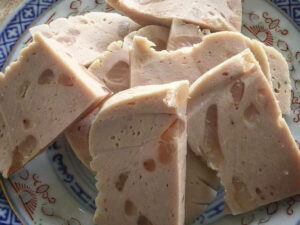
Giò Bì
Is a Hung Yen specialty (Northern Vietnam)
Includes lean pork and pig skin
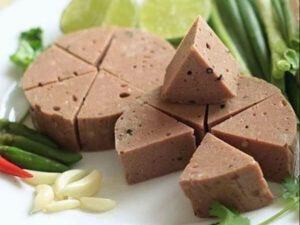
Giò Bò
Made from beef tenderloin and pork fat
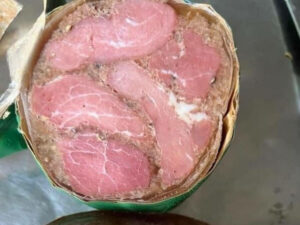
Giò Me
Is a Nghe An specialty (in North-Central Vietnam)
Made from veal, and chicken eggs
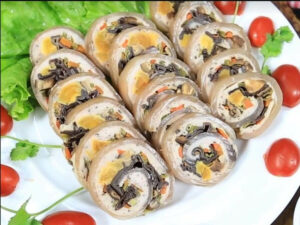
Giò Hoa
Includes Vietnamese pork paste mixed with scrambled eggs, displaying yellow egg patterns.
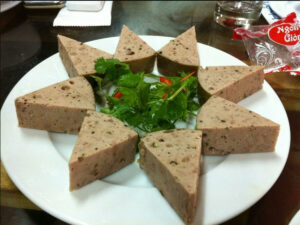
Giò Ngựa
Made from lean horse meat and pork fat
Popular in Bac Giang (Northern Vietnam)
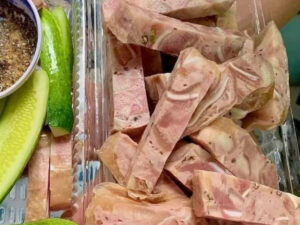
Giò Tai
Include thinly sliced pork ears mixed with pork paste.
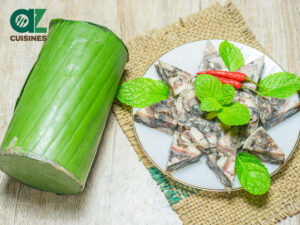
Giò Thủ
Includes pork head parts, stir-fried with wood ear mushrooms, wrapped, and pressed in leaves.
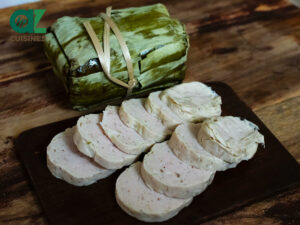
Chả Lụa
Known as giò lụa in Northern and chả lụa in Southern part. Made from finely ground pork tenderloin, fish sauce, and wrapped in banana leaves before boiling.
Next, keep reading to see what pluses and drawbacks of this Vietnamese cold cut.
Pros and Cons of Eating Giò
The following table will show you some advantages and disadvantages of consuming giò.
Pros
Cons
Besides these good and bad sides, there are other queries that many people want to know about giò.




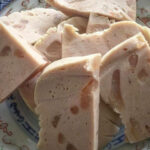

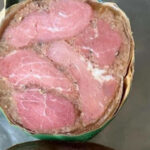
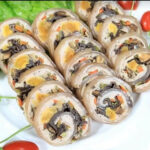
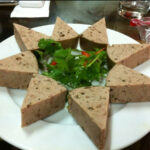
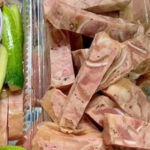
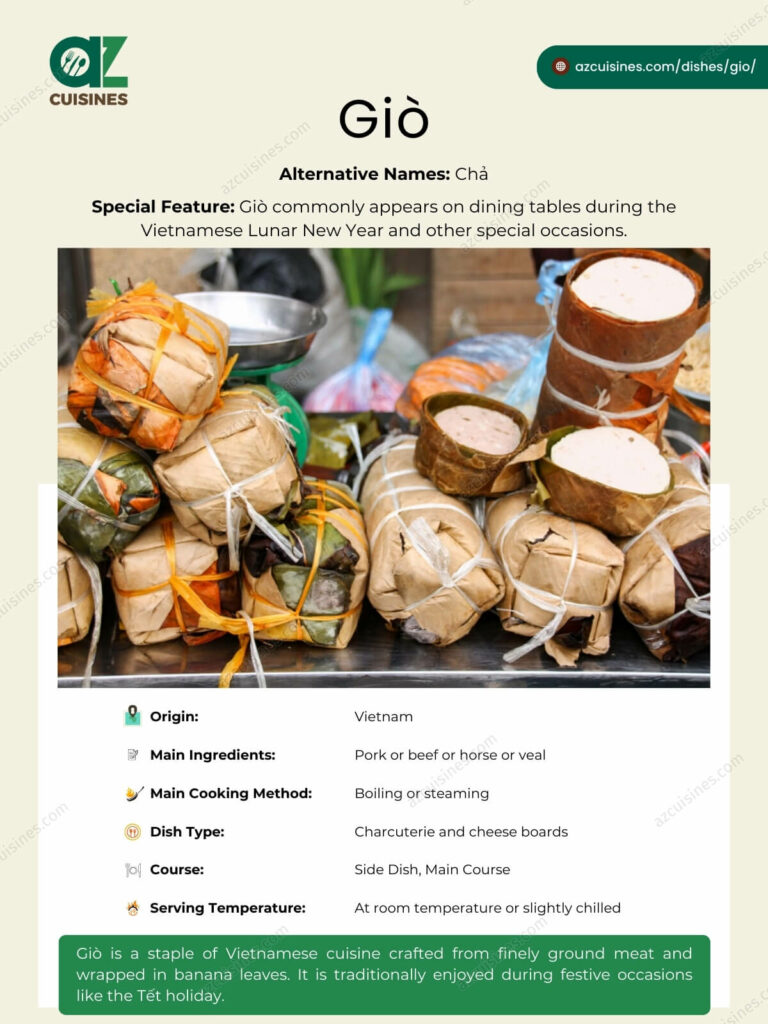
Truc Tran (Kris)
Senior Food Editor
Expertise
Home Cooking, Meal Planning, Recipe Development, Baking and Pastry, Food Editor, Cooking-video Maker, Vietnamese Food Evaluation Expert
Education
Truc Tran (Kris), an experienced food writer and editor, is great at exploring and describing global cuisines, from simple street food to fancy dining. In her writing, she skillfully mixes different flavors, cooking methods, and culinary traditions, showing the unique character of various cultures through their food and drinks. On azcuisines.com, Kris highlights her knowledge, especially in Asian cuisine and worldwide traditional dishes.